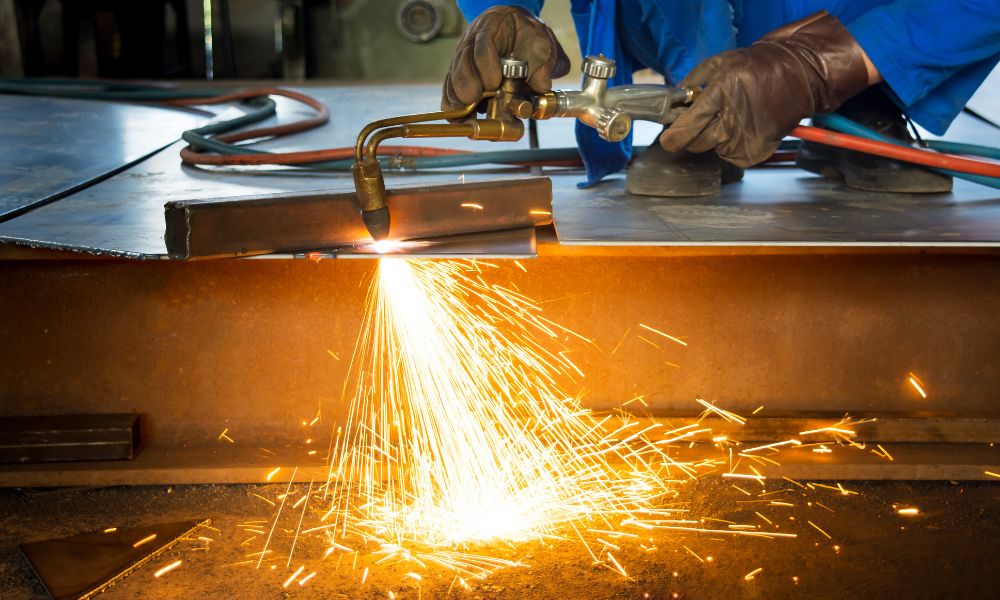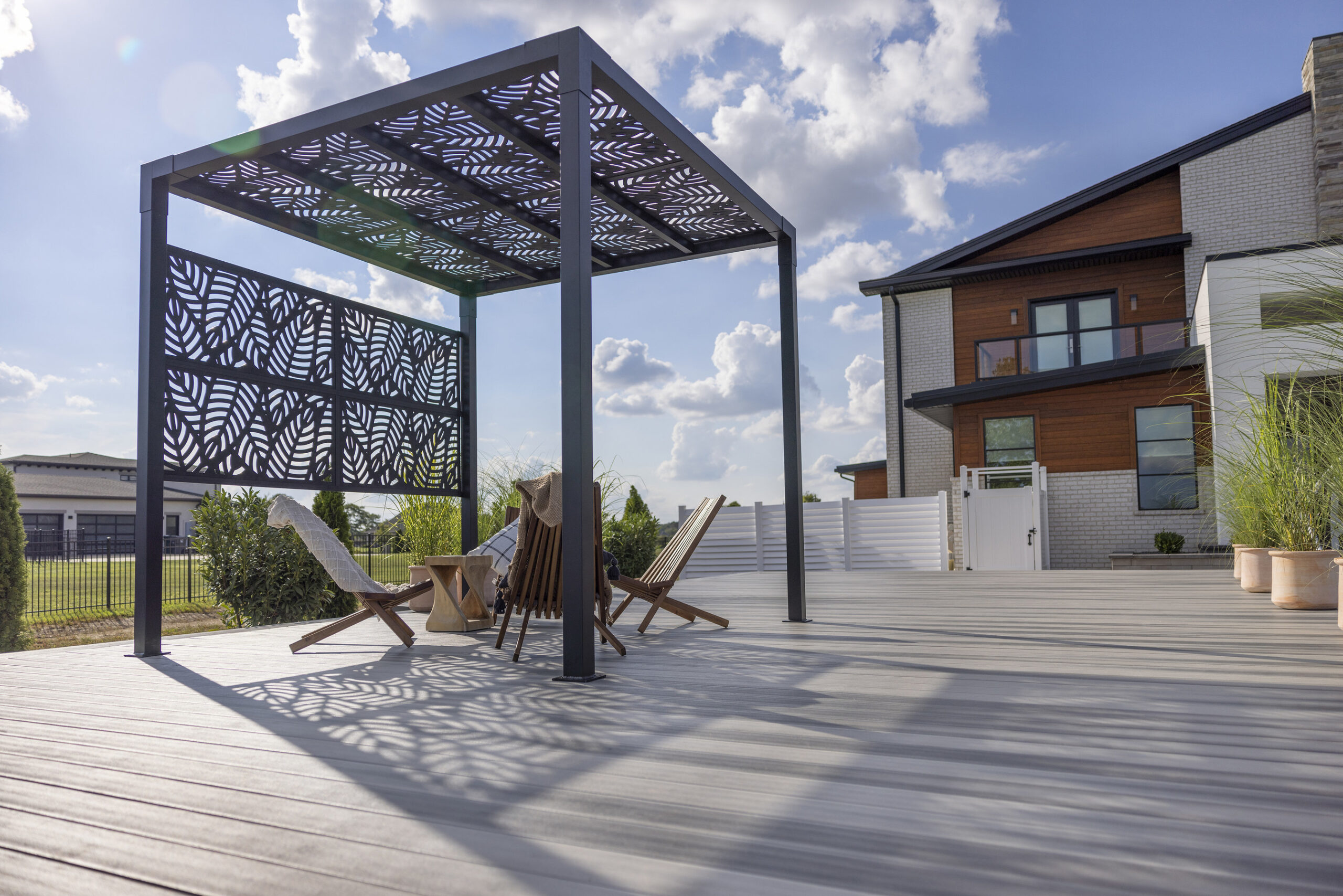4 Simple Tips To Prevent Warping in Welding

Welding is the process of combining two metal pieces by applying heat and pressure. This technique is used extensively in automobile manufacturing, construction, and shipbuilding industries. However, welding can cause warping in metal due to the high temperatures and the cooling process.
Warping can cause a workpiece to lose shape, impacting the final product’s strength and durability. Explore four simple tips to prevent warping in welding and ensure a high-quality end product.
Proper Preparation
The preparation process often depends on the type of material you will be welding. If the material is thick, you must bevel the edges to increase the welding surface area. The material must be cleaned thoroughly beforehand if it has an excessive coating like rust, paint, etc. Proper preparation helps ensure that no contamination or rust weakens the welding bond. It also helps reduce warping in the material that might occur during welding.
Welding Techniques
The welding technique you use plays a significant role in preventing warping. Avoid overheating the metal while welding, as the material can be prone to warping at higher temperatures. Before applying each weld stitch, you should always let the metal cool down. This process keeps the metal from overheating and reduces the possibility of warping.
Clamping and Fixturing
Clamping and fixturing are essential for holding the metal in place while welding. Clamping and fixturing prevent metal shifting due to heat and pressure during the welding process. It also makes sure the metal remains in the correct position, which also prevents it from warping. A good clamping and fixturing system ensures the process is done correctly, giving you a perfect end product without any distortions.
Use of Heat Sinks
Heat sinks remove or dissipate the heat from a welding surface. Heat sinks are usually made from copper or aluminum and are attached to the welding area to help absorb heat as it builds up. They are especially helpful when welding thin metal, as heat could otherwise build up too quickly and lead to warping. Heat sinks are a simple and cost-effective way to help avoid distortions in any welding project.
Warping is one of the downstream effects that can occur during the welding process. It causes metal distortion, which can harm the project’s integrity. With proper preparation, the right welding techniques, clamping and fixturing, and the use of heat sinks, you can prevent the occurrence of warping in welding. Warping is a welding defect that costs your company time and money, but by following the tips above, you can ensure that your welding projects are successful and of the highest quality.





